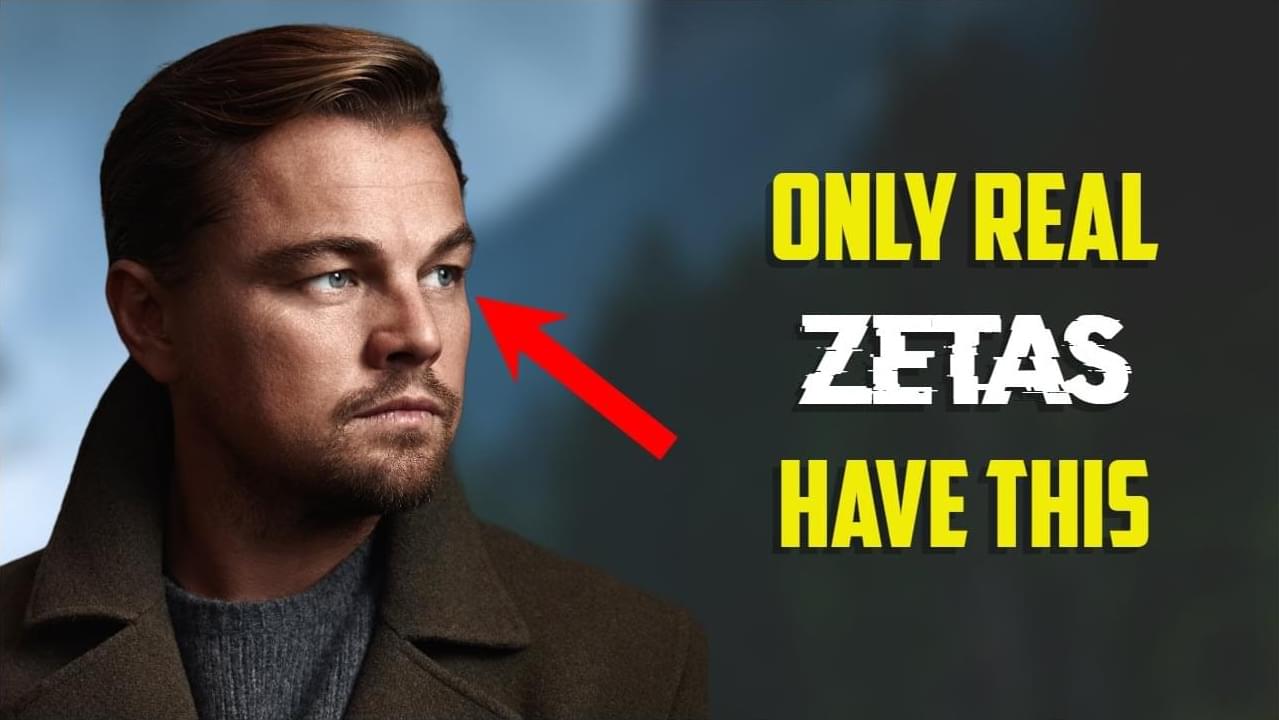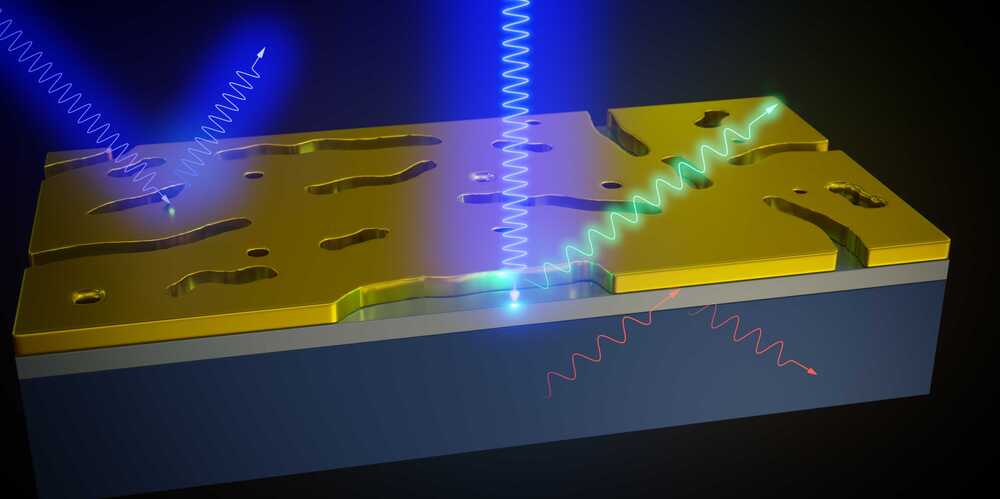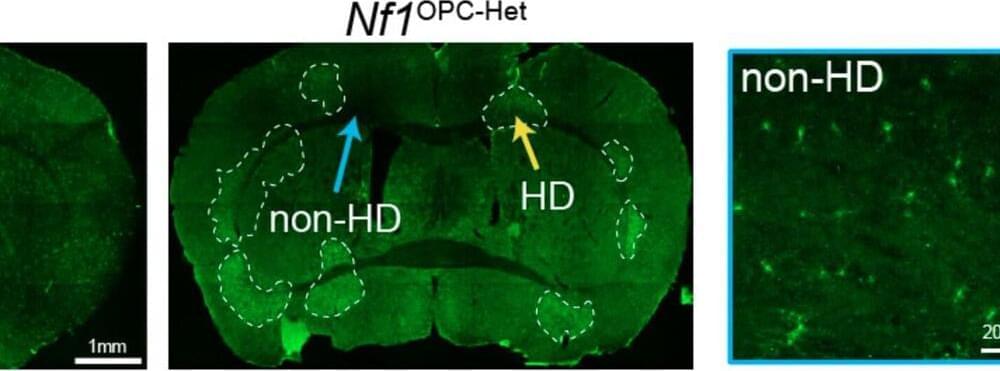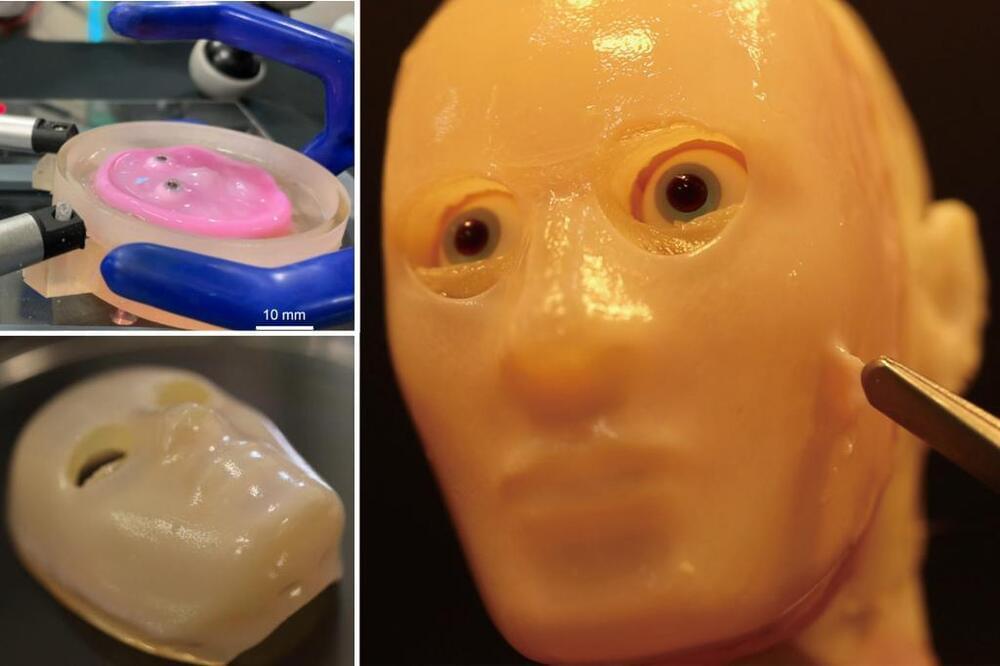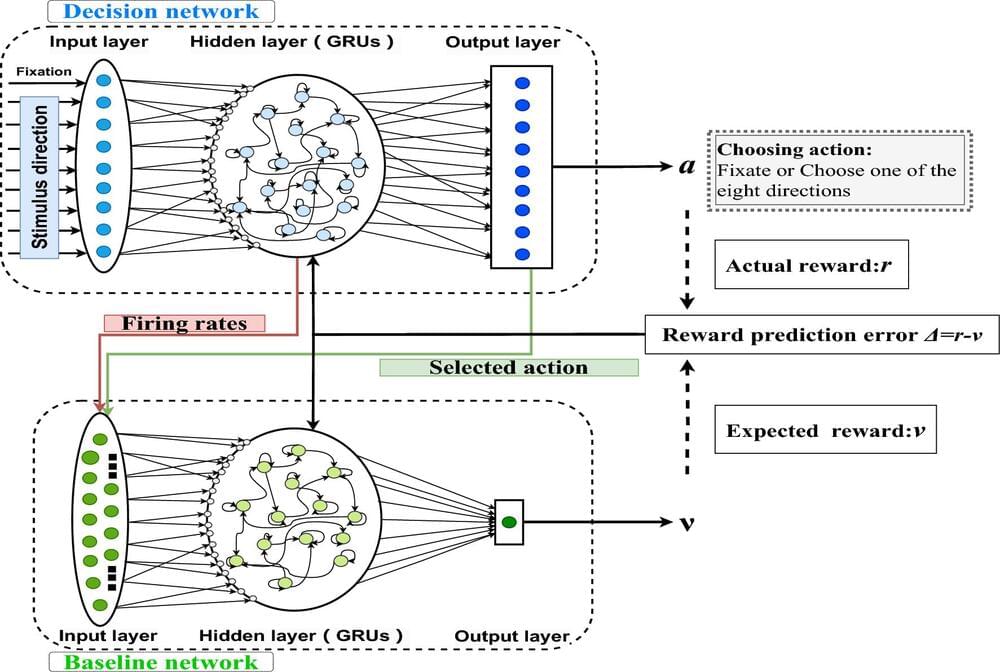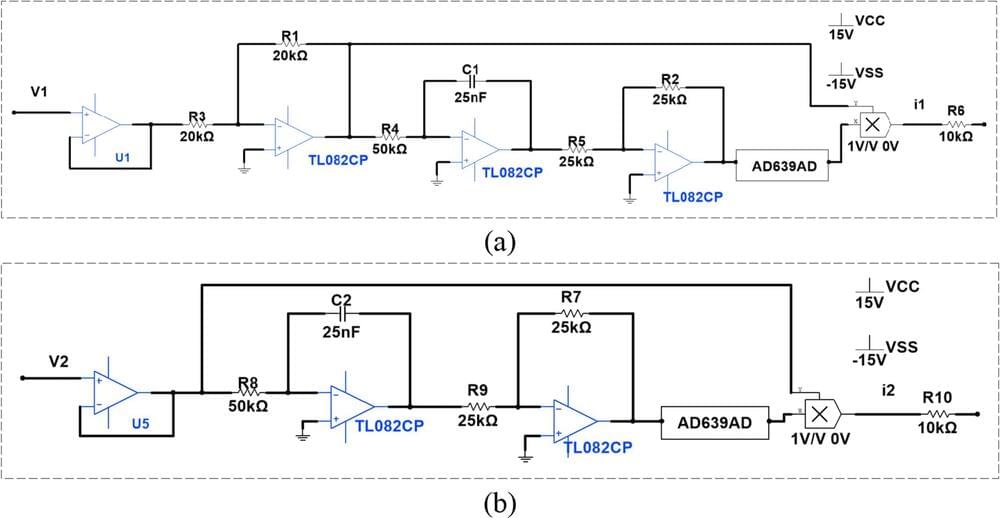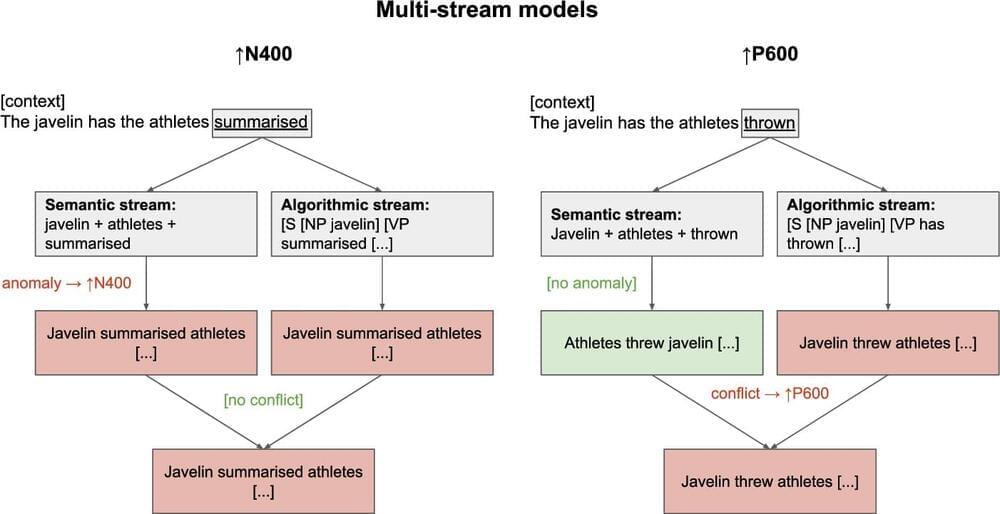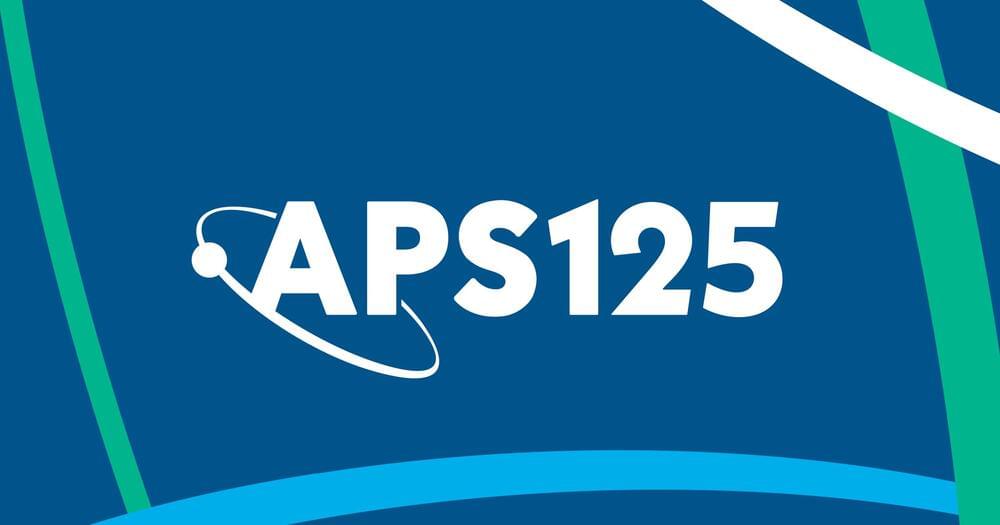Latest posts
Jun 26, 2024
Gold nanomembrane coaxes secrets out of surfaces
Posted by Dan Breeden in categories: education, quantum physics
“Surfaces were invented by the devil” — this quote is attributed to the theoretical physicist Wolfgang Pauli, who taught at ETH Zurich for many years and in 1945 received the Nobel Prize in physics for his contributions to quantum mechanics. Researchers do, indeed, struggle with surfaces. On the one hand they are extremely important both in animate and inanimate nature, but on the other hand it can be devilishly difficult to study them with conventional methods.
An interdisciplinary team of materials scientists and electrical engineers led by Lukas Novotny, Professor of Photonics at ETH Zurich, together with colleagues at Humboldt-Universität zu Berlin has now developed a method that will make the characterization of surfaces considerably easier in the future.
They recently published the results of their research, which is based on an extremely thin gold membrane, in the scientific journal Nature Communications (“Bulk-suppressed and surface-sensitive Raman scattering by transferable plasmonic membranes with irregular slot-shaped nanopores”).
Jun 26, 2024
The brain makes a lot of waste. Now scientists think they know where it goes
Posted by The Neuro-Network in categories: biotech/medical, neuroscience
About 170 billion cells are in the brain, and as they go about their regular tasks, they produce waste — a lot of it.
The brain appears to rely on synchronized waves to wash out waste products, including toxins associated with Alzheimer’s disease.
Jun 26, 2024
Nf1 gene mutations disrupt brain cell plasticity and motor learning in mice
Posted by The Neuro-Network in categories: biotech/medical, genetics, neuroscience
Neurogenetic disorders, such as neurofibromatosis type 1 (NF1), are diseases caused by a defect in one or more genes, which can sometimes result in cognitive and motor impairments. Better understanding the neural underpinning of these disorders and how they affect motor and cognitive abilities could contribute to the development of new treatment strategies.
Researchers at Stanford University and Washington University School of Medicine recently performed a study on mice aimed at investigating the impact of Nf1 gene mutations, which cause the NF1 neurogenetic disorder, on oligodendroglial plasticity, an adaptive brain process known to contribute to cognitive and motor functions.
Their findings, published in Nature Neuroscience, provide strong evidence that Nf1 mutations delay the development of oligodendroglia, a type of glial cells that support the functioning of the central nervous system, causing disruptions in motor learning.
Jun 26, 2024
Robot face with lab-grown living skin created by scientists hoping to make more human-like cyborgs
Posted by Cecile G. Tamura in categories: cyborgs, robotics/AI
This fleshy, pink smiling face is made from living human skin cells, and was created as part of an experiment to let robots show emotion.
How would such a living tissue surface, whatever its advantages and disadvantages, attach to the mechanical foundation of a robot’s limb or “face”?
In humans and…
Jun 26, 2024
A working memory model based on recurrent neural networks using reinforcement learning
Posted by Dan Breeden in category: robotics/AI
Numerous electrophysiological experiments have reported that the prefrontal cortex (PFC) is involved in the process of working memory. PFC neurons continue firing to maintain stimulus information in the delay period without external stimuli in working memory tasks. Further findings indicate that while the activity of single neurons exhibits strong temporal and spatial dynamics (heterogeneity), the activity of population neurons can encode spatiotemporal information of stimuli stably and reliably. From the perspective of neural networks, the computational mechanism underlying this phenomenon is not well demonstrated. The main purpose of this paper is to adopt a new strategy to explore the neural computation mechanism of working memory. We used reinforcement learning to train a recurrent neural network model to learn a spatial working memory task.
Jun 26, 2024
Dynamic analysis and circuit design of tunable multi-vortex chaotic systems based on memristors
Posted by Dan Breeden in category: futurism
This paper proposes a new four-dimensional chaotic system that consists of two active magnetically controlled memristors. The dynamic characteristics of the system, including equilibrium points, Lyapunov exponent spectrum, bifurcation diagram, double-parameter Lyapunov exponent, and attractor basin, are analyzed. The results indicate that the Lyapunov exponents of the system undergo abrupt changes. The bifurcation diagrams reveal the occurrence of sudden cusp bifurcations, and the diverse manifestations of two-parameter Lyapunov exponents under different parameter combinations further underscore the system’s complexity and variability. This chaotic system also possesses an infinite number of equilibrium points and coexisting attractors, demonstrating multiple stable states.
Jun 26, 2024
Beyond neurons and spikes: cognon, the hierarchical dynamical unit of thought
Posted by Dan Breeden in categories: neuroscience, physics
From the dynamical point of view, most cognitive phenomena are hierarchical, transient and sequential. Such cognitive spatio-temporal processes can be represented by a set of sequential metastable dynamical states together with their associatedions: The state is quasi-stationary close to one metastable state before a rapidion to another state. Hence, we postulate that metastable states are the central players in cognitive information processing. Based on the analogy of quasiparticles as elementary units in physics, we introduce here the quantum of cognitive information dynamics, which we term “cognon”. A cognon, or dynamical unit of thought, is represented by a robust finite chain of metastable neural states. Cognons can be organized at multiple hierarchical levels and coordinate complex cognitive information representations.
Jun 26, 2024
Single-trial neurodynamics reveal N400 and P600 coupling in language comprehension
Posted by Dan Breeden in category: futurism
Theories of the electrophysiology of language comprehension are mostly informed by event-related potential effects observed between condition averages. We here argue that a dissociation between competing effect-level explanations of event-related potentials can be achieved by turning to predictions and analyses at the single-trial level. Specifically, we examine the single-trial dynamics in event-related potential data that exhibited a biphasic N400–P600 effect pattern. A group of multi-stream models can explain biphasic effects by positing that each individual trial should induce either an N400 increase or a P600 increase, but not both. An alternative, single-stream account, Retrieval-Integration theory, explicitly predicts that N400 amplitude and P600 amplitude should be correlated at the single-trial level.
This month in 1,871, James Clerk demonstrated entropy with a thought experiment now known as’s Demon.
The American Physical Society is a nonprofit membership organization working to advance physics by fostering a vibrant, inclusive, and global community dedicated to science and society.
